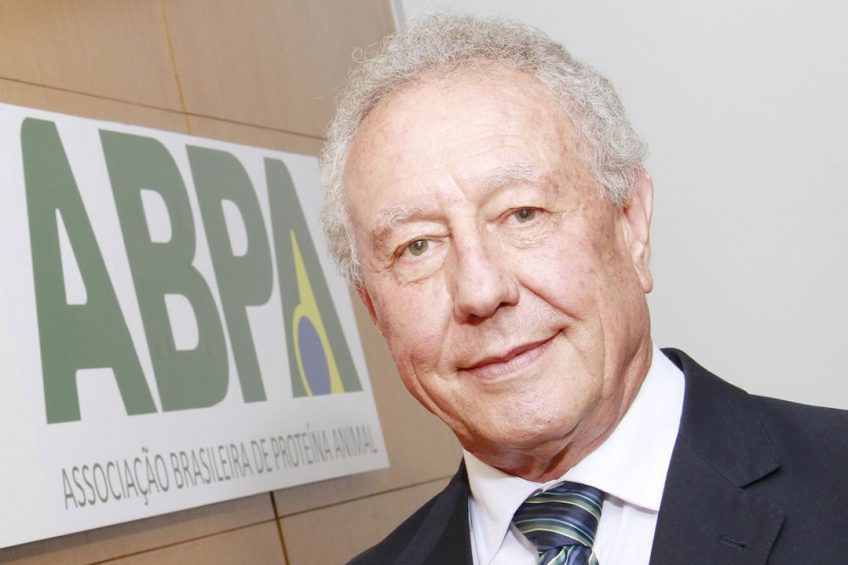Brazilian poultry exports grow 5.1% despite Covid-19

Brazilian chicken exports have increased by 5.1% to 1.365 million tons, during the first 4 months of 2020 compared to the same period last year. That is concluded in the ABPA report that shows that the country consolidates its position as the main exporter last year, despite Covid-19.
Taking into account all agricultural products, international sales of the sector raked up 0.5% higher revenues to US$ 2.151 million between January and April, against US$ 2.141 in first 4-month period in 2019. “The sector is committed to keep exports flowing during the pandemic, strengthening food security among partner nations. We did expect an increase in our trade with China, but we also saw growth in Africa, Asia and Middle East,” evaluates Francisco Turra, president of ABPA (Brazilian Animal Protein Association).
There is some concern about April’s data however. Looking just at April, there was a reduction of 4.7% in the sector’s exports, with a total of 343,300 tons this year against 360,100 tons in the same month in the previous year. In value sales dropped to US$ 515.9 million against US$ 599.1 million last year, or 13.9% lower, using same parameters.
 Interview: ABPA CEO Ricardo Santin
Interview: ABPA CEO Ricardo Santin
Optimistic about Brazilian poultry
Sector overview
The new ABPA report, the Brazilian Animal Protein Report 2020, gives a complete overview about production of poultry (chicken, turkey, eggs and genetics) and pig. According to the document, the country has produced 13.245 million tons during last year – a new record (0,7% higher than 13.140 million tons at 2015). Those numbers make Brazil the 3rd largest producer in 2019, behind US (19.941 million tons) and China (13.750 million tons), above EU-28 (12.460 million tons) and Russia (4.671 million tons).
Looking at poultry exports alone, Brazil has consolidated its top position with 4.214 million tonnes, ahead of US (3,261 million tons), EU-28 (1.548 millions) and Thailand (881.000 tons). Brazilian chicken producers earned US$ 6,994 billion (6,4% more than US$ 6,571 in 2018) last year from all over the world. Asia bought 37.53%; Middle East 34.39% and Africa 12.84%. From 2019´s total, the sector produced 68% for internal consumers and 32% for foreign markets. The consumption per capita has increased a little from 41.99 kg to 42.84 kg. The main producer states were Paraná (34,69%), Santa Catarina (15.40%) and Rio Grande do Sul (14.32%).












